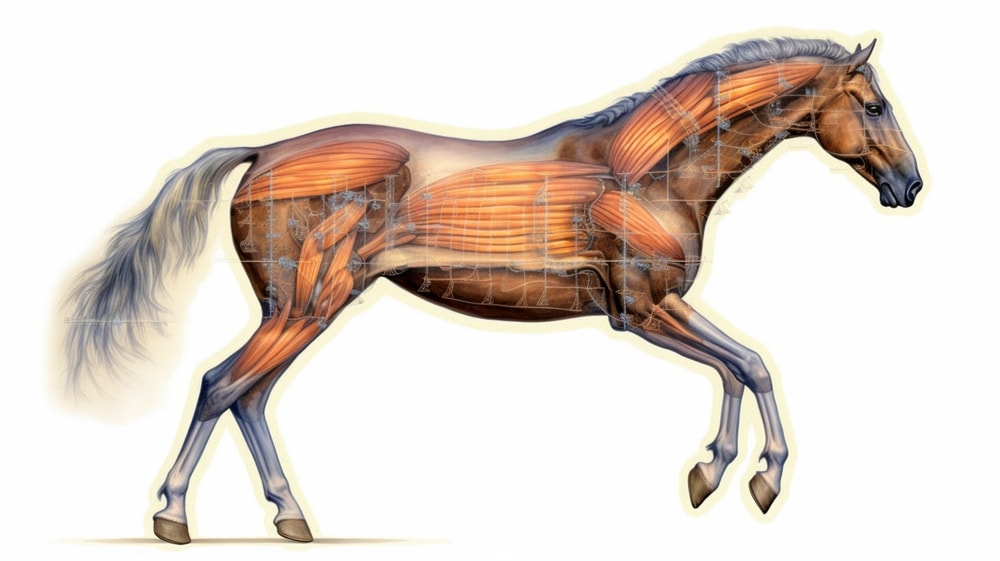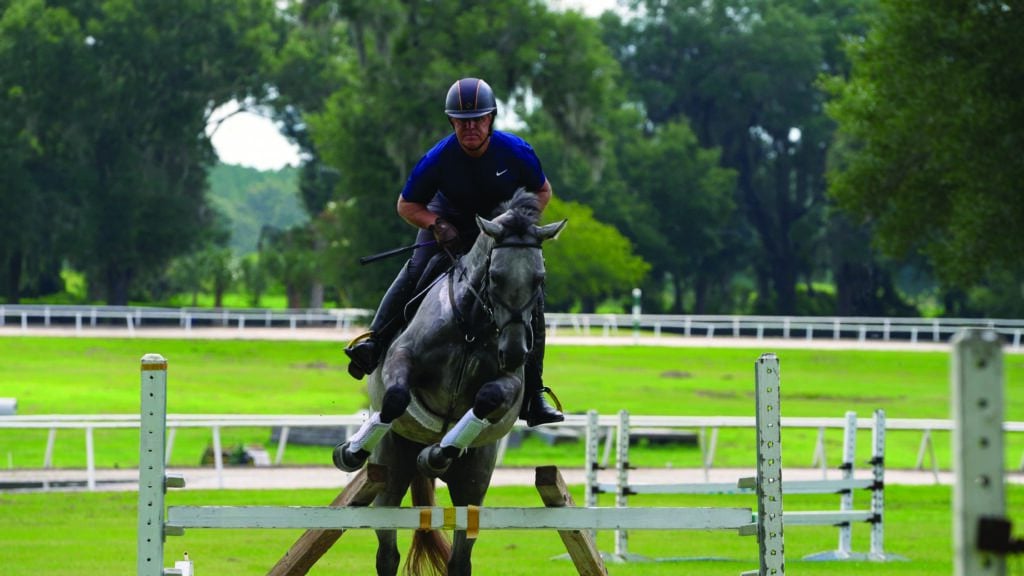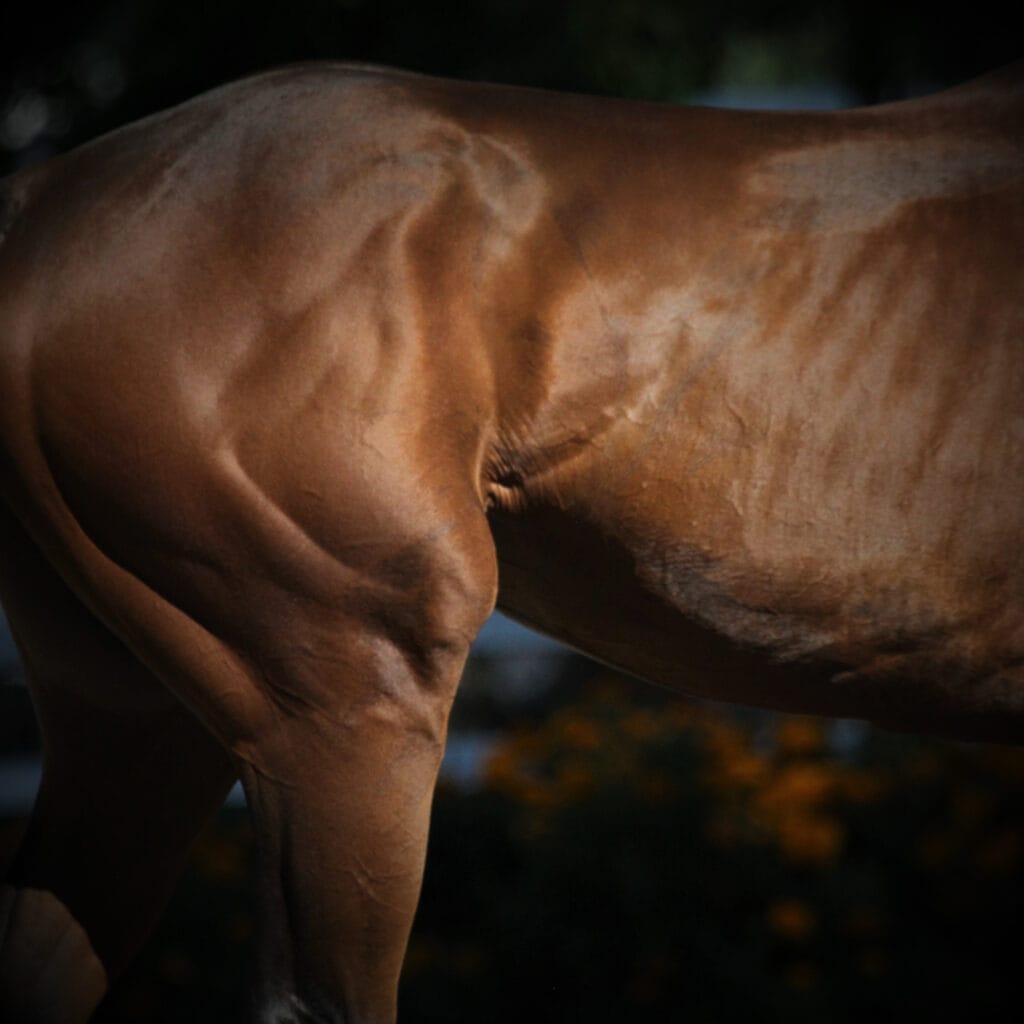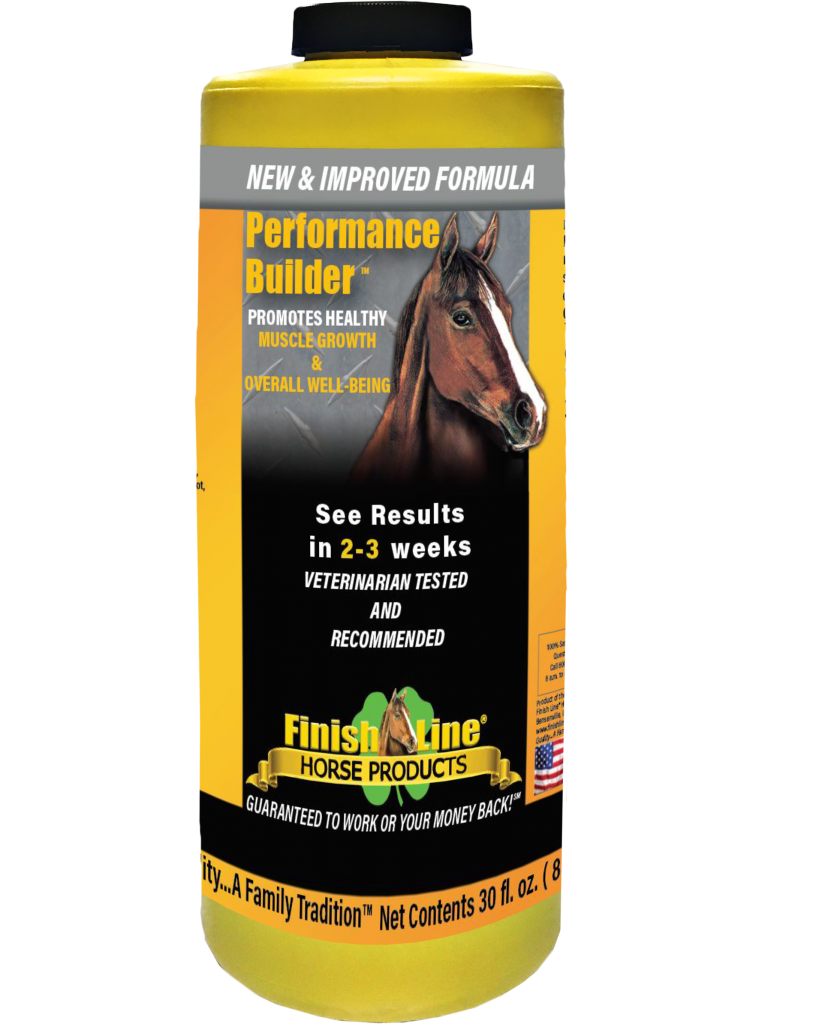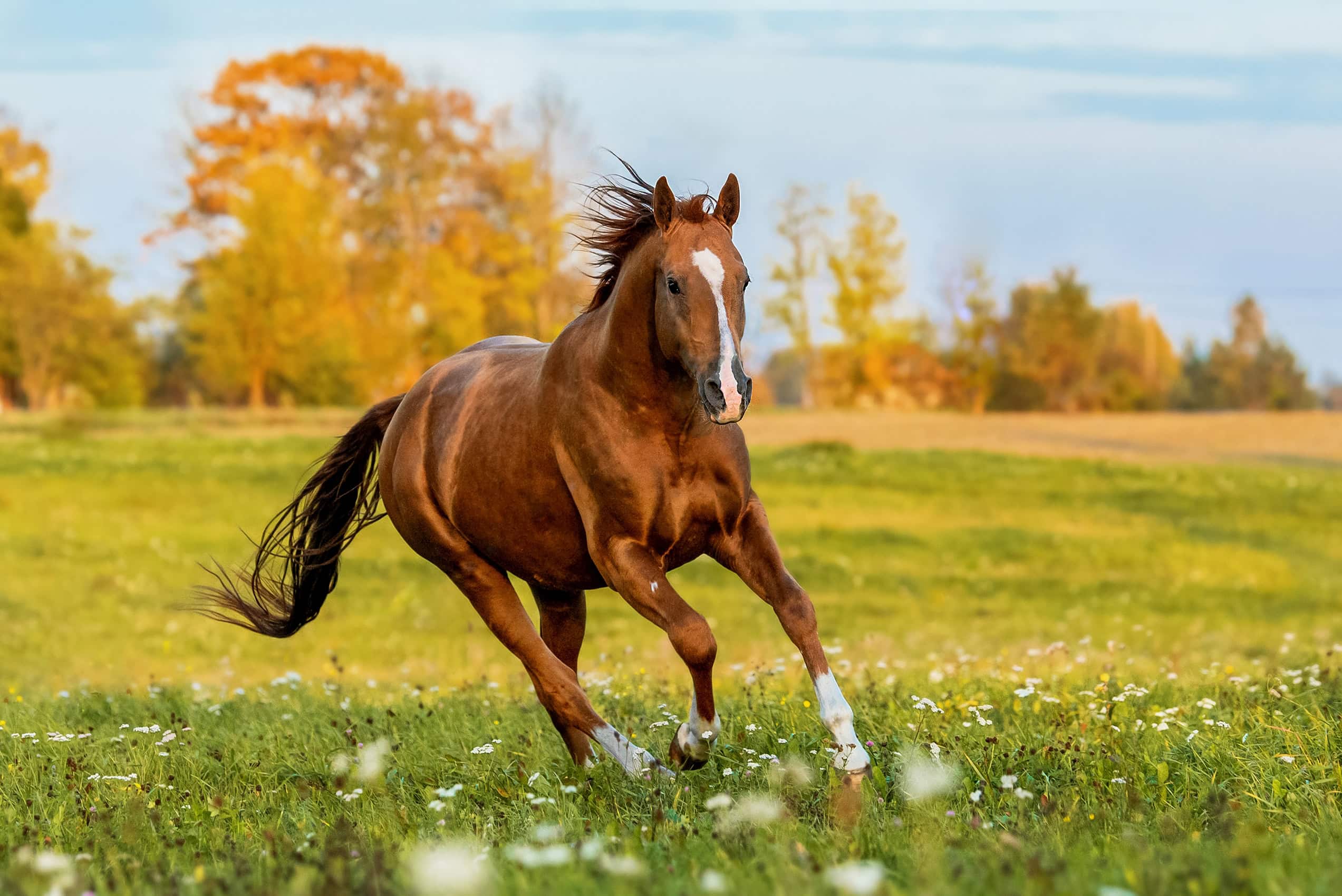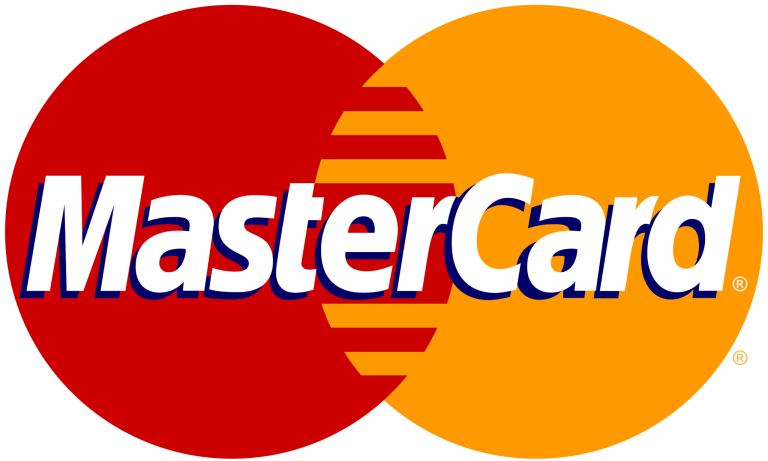Amino Acids & Proteins: Horse Muscle Building Blocks
Amino acids are the building blocks of proteins, which provide the foundation material for muscle tissue. In order for proteins, and by extension muscle, to be successfully built, a horse needs to have all the required amino acids present within their bodies.
There are 22 amino acids responsible for the production of protein, and a horse is only able to synthesize 12 on its own, according to Practical Horseman magazine. The other 10, known as essential amino acids, are collected through food intake. Together, the collective amino acids form a chain that creates proteins, enough of which lead to new muscle.
Without the presence of the essential acids, muscle production cannot occur because links in the chain are missing and proteins are unable to form. This makes proper nutrition vitally important for a horse’s muscle gain.
How Nutrition Helps Your Horse Build Muscles
A horse’s diet is a key component to building more lean muscle mass. Most natural protein sources lack many of the 10 essential acids necessary for muscle formation, and supplementation is often necessary. A product like Finish Line’s Muscle Tone features a broad spectrum of ingredients, like methionine and rice bran oil, which promote healthy muscle development and performance in horses. Another product that has many muscle benefits is Performance Builder. It contains all the best ingredients you’d want in a healthy muscle builder, from Gamma Oryzanol (from rice bran), and Calcium HMB and L-Leucine to botanicals which make an advanced formula.
A horse’s nutritional needs also depend on its metabolic rates to a large degree. Dressage Today noted that horses of certain breeds and those over 20 years old have a slower metabolic rate than others. Younger horses and those that perform or work demand higher caloric intakes.
However, eating all the correct protein blocks for one day does not mean a horse will continue to build muscle a week later. Appropriate amino acid intake needs to be consistent throughout not only a horse’s mass-gaining cycle, but through its entire life.
“It’s not that a muscle protein gets made and then stays there forever,” said Kristine Urschel, associate professor of equine science at the University of Kentucky, to Practical Horseman Magazine. “It’s constantly in the process of being broken down and then remade, which allows the animal to be able to adapt to changing conditions.”
The progression of time and the horse’s age is one of these changing conditions. As a horse grows older, it loses its lean muscle mass. Exercise is another circumstance that facilitates muscle breakdown and build-up.





